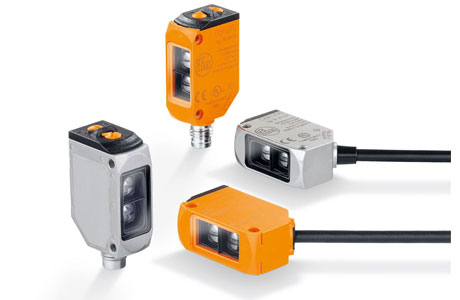Key Takeaway
To test a photoelectric sensor, you can start by using an object, like a box, to block the sensor’s light beam. Place the object in front of the sensor, and if the sensor is working properly, it should detect the object and trigger the connected system, like stopping a conveyor belt. Make sure the sensor is aligned and receiving power.
If the sensor doesn’t respond, check for common issues like dirt on the lens or misalignment. Clean the sensor, adjust its position, and retest. Regular testing ensures your sensor remains reliable.
Tools and Equipment Needed to Test a Photoelectric Sensor
Before diving into testing, it’s essential to gather the right tools. Typically, you’ll need a multimeter, a power supply (if not already integrated into the system), and possibly a small object to simulate a real-world target for detection. A clean cloth can also come in handy to wipe the sensor’s lens, as dust or smudges can sometimes cause false readings. Testing equipment like oscilloscope tools are usually reserved for more advanced diagnostics but aren’t always necessary.
By having these basic tools ready, you can be prepared to handle most sensor issues without the need for specialized equipment. These items ensure that you can identify sensor faults, from wiring issues to light beam interruptions. Starting with the right setup is crucial in ensuring an accurate and efficient test.

Step-by-Step Guide to Testing Sensor Functionality
When testing a sensor, the first and most critical step is ensuring that it’s powered correctly. Use a multimeter to confirm that the voltage aligns with the manufacturer’s specifications. Once powered, place the sensor in its operational environment, ensuring that the area mimics real-world conditions as closely as possible. Then, introduce an object the sensor should detect and carefully observe its response. Did it switch output states as expected? Testing the sensor in this way helps confirm whether it’s functioning correctly.
Next, use the multimeter to measure the sensor’s output signal. Is the signal consistent with the sensor’s specifications? If not, you may need to adjust its configuration. By following these basic steps, you can confidently test a photoelectric sensor’s core functionality. Consistency is key; any irregularities in detection may signal underlying issues that need to be addressed.
Common Issues Detected During Sensor Testing
When testing sensors, you may run into a few common issues. Misalignment is one of the most frequent problems. If the sensor and its reflector or target aren’t aligned correctly, false readings are likely to occur. Dirty lenses can also block the sensor’s light beam, leading to detection failures.
Other environmental factors such as dust, moisture, or vibration can cause malfunctions. These elements can disrupt the sensor’s performance, especially in industrial settings. Knowing what to watch for can make troubleshooting much easier. By spotting issues like misalignment or dirty lenses early on, you save time and avoid costly downtime, keeping operations running smoothly.
How to Troubleshoot and Fix Malfunctions in Photoelectric Sensors
When a sensor malfunctions, the first rule is not to panic. Troubleshooting can be simple if approached systematically. Start by checking the power supply to ensure the sensor is receiving the correct voltage. No matter how many adjustments you make, an incorrect power supply will prevent the sensor from working. After confirming power, clean the sensor’s lenses, as dirt or grime could be blocking its detection abilities.
If the issue persists, try re-aligning the sensor. This is often a quick fix that resolves many detection problems. If these steps don’t work, you may need to dive deeper into the sensor’s internal settings. Check the wiring connections and consult the manual for guidance on adjusting the sensitivity or output settings. Consistent practice of these troubleshooting steps will give you confidence in maintaining sensor reliability.
Best Practices for Regular Maintenance and Testing
Maintaining sensors on a regular basis is essential to ensuring they perform consistently over time. A good place to start is with periodic cleaning of the lenses, particularly in industrial environments where dust and grime can accumulate. Regularly testing the sensors is also crucial. Schedule these tests to make sure everything is functioning within its designated parameters, preventing issues before they lead to operational failures.
It’s also essential to document every test and maintenance task. Keeping records of sensor performance allows you to track any potential degradation and catch problems before they become serious. Being proactive about maintenance keeps your sensors reliable and ensures minimal disruption to your operations. Following these best practices will help maintain sensor functionality and improve overall efficiency in your industrial environment.
Conclusion
To sum up, regularly testing your photoelectric sensors is a key part of maintaining operational efficiency and avoiding costly downtime. Armed with the right tools, knowledge of common issues, and a methodical approach to troubleshooting, you can keep these essential devices working as expected. Don’t underestimate the importance of routine checks—keeping your sensors in top shape ensures safety, accuracy, and consistent performance on your production line.
